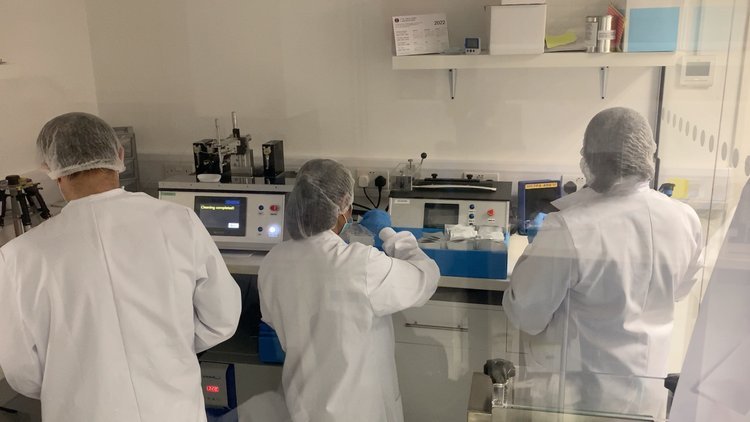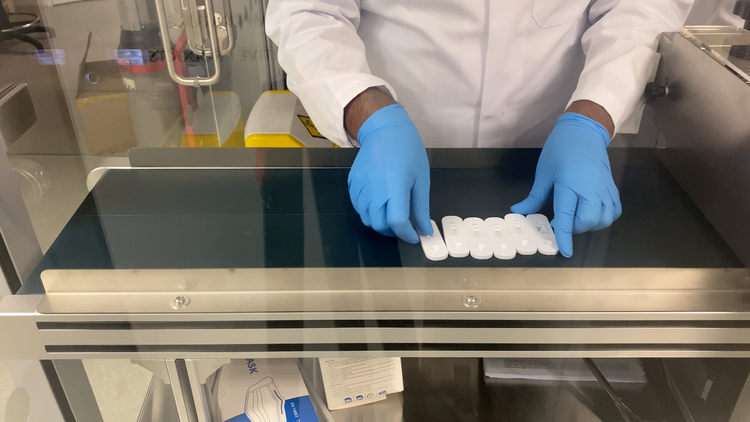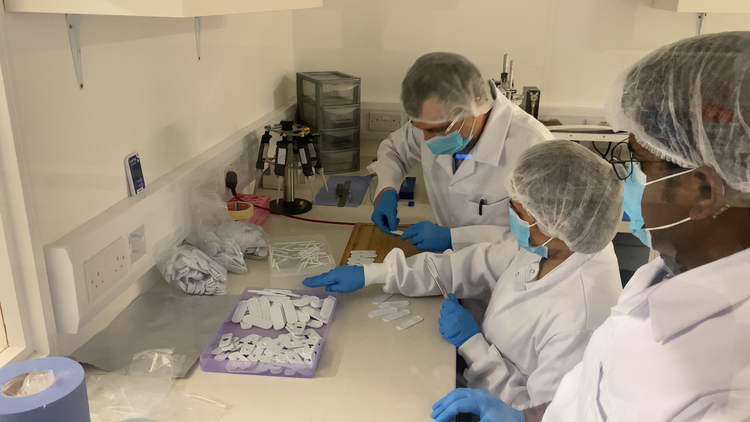Sexually Transmitted Infections
Solving the STI Epidemic with Pandemic-Developed Tactics
STI primer
Download our primer document on Sexually Transmitted Infections.
The shocking stats:
Recent trends indicate a significant rise in Sexually Transmitted Infections (STIs).
In the United States, the economic impact of STIs is staggering. Approximately 20% of the population have an STI - that is 1 in every 5 adults - totalling 68 million. There are around 25 million new infections each year, costing over $16 billion in direct lifetime medical expenses. Chlamydia, trichomoniasis, genital herpes simplex virus (HSV), and human papillomavirus (HPV) account for 98% of infections, with nearly half of new cases arising in youth aged 15-24.
https://www.cdc.gov/nchhstp/newsroom/fact-sheets/STI/STI-Incidence-Prevalence-Cost-Factsheet.html
Globally there are around 374 million new infections each year caused by a curable STI (chlamydia, gonorrhoea, syphilis and trichomoniasis).
Over 500 million people are estimated to have HSV. Around 1 million pregnant women are infected with syphilis annually causing over 350,000 adverse birth outcomes, and HPV infections are linked to more than 311,000 cervical cancer deaths annually. More than 1 million sexually transmitted infections (STIs) are acquired every day worldwide, the majority of which are asymptomatic.
Many of these infections go undetected because of the lack of symptoms, but STIs have serious health consequences from stigma to infertility to cancer to pregnancy complications. These infections can elevate the risk of HIV and fuel antimicrobial resistance, further reducing the efficacy of treatment.
https://www.who.int/news-room/fact-sheets/detail/sexually-transmitted-infections-(stis)
STI primer
Download our primer document on Sexually Transmitted Infections.
A New Type of Test
Accurate and inexpensive point-of-care (POC) tests are urgently needed to control sexually transmitted infection epidemics so that patients can receive immediate diagnoses, stop the spread, access treatments, and in many cases cures.
Senzo has developed a lateral flow test with a 0.005 TCID50/ml detection limit. That is 10,000 times lower than current lateral flow tests and comparable to PCR but with no specialist equipment or training required.



ACCURACY
To demonstrate the capability of its Amplified Lateral Flow (ALF) technology, Senzo commissioned three 3rd-party, head-to-head, blind studies to independently assess and verify its accuracy against PCR. The studies were conducted by: (1) Sheffield University, (2) University College London, and (3) LateralDX
The studies collectively showed ALF tests to have >99% concordance with PCR across 75 positive and 75 negative samples and demonstrated the ability of an ALF test to identify positive COVID-19 samples with low viral load, for example, those with Ct values higher than 30. Multiple studies have shown that existing lateral flow rapid antigen tests are unable to detect low viral load Covid-19 virus in patient samples. This results in a high false-negative rate, undermining test accuracy.
COVID-19
│
HIV
│
Flu A/B
│
Hepatitis C
│
Tuberculosis
│
C. Difficile
COVID-19 │ HIV │ Flu A/B │ Hepatitis C │ Tuberculosis │ C. Difficile






















